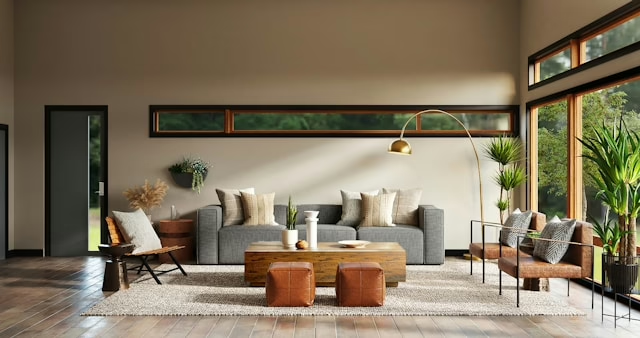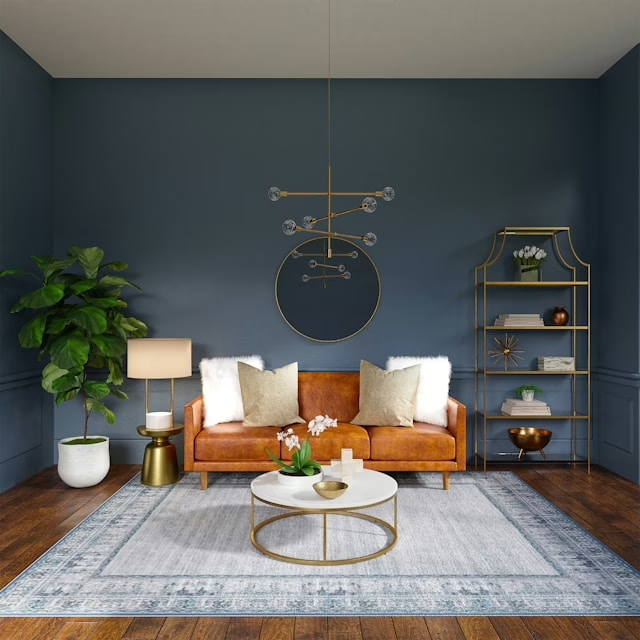
In today’s world, sustainability goes far beyond the clothes we wear — it extends into the spaces we design and the materials we use. Architectural and designer hardware play a crucial role in creating eco-friendly environments that reflect the spirit of sustainable fashion. Here’s how you can incorporate green principles into architectural design with a focus on stylish, conscious choices.
Choose Recycled and Upcycled Materials
Architectural hardware like door handles, cabinet pulls, and decorative fixtures can be sourced from recycled metals or reclaimed wood. Upcycled pieces not only add unique character to a space but also reduce demand for new raw materials, minimizing environmental impact.
Tip:
Look for brands that certify their products through sustainable manufacturing practices, like recycled brass or FSC-certified reclaimed wood.

Prioritize Durability and Timeless Design
Fast fashion isn’t just a clothing problem — disposable design trends can also lead to waste in interiors. Invest in hardware that’s timeless and built to last, made from high-quality, eco-friendly materials. Classic finishes like brushed nickel, matte black, and natural bronze maintain their appeal for decades.
Why It Matters:
Long-lasting hardware reduces the frequency of replacements, ultimately saving resources and lowering the carbon footprint associated with manufacturing and shipping.
Use Low-Impact Manufacturing Processes
Architectural hardware manufacturers are increasingly adopting processes that use less water, fewer chemicals, and more renewable energy. When selecting products, look for transparency about the manufacturing process, including energy usage and emissions.
Certifications to Look For:
ISO 14001 (Environmental Management)
Cradle to Cradle Certified™
GreenGuard Certification for low emissions
Highlight Natural Textures and Organic Forms
Just as sustainable fashion celebrates natural fibers, sustainable architecture highlights the beauty of organic materials and forms. Choose hardware designs that mimic natural elements — flowing lines, raw finishes, or nature-inspired motifs — to create a cohesive, eco-conscious aesthetic.
Inspiration:
Think of hardware with stone inlays, hammered metals, or hand-forged details that bring an artisanal touch into modern spaces.
Support Local and Artisanal Craftsmanship
Global shipping contributes heavily to carbon emissions. By sourcing architectural hardware locally or from small artisan producers, you not only reduce the transportation footprint but also support traditional crafts and local economies.
Bonus:
Handmade products often use less energy-intensive processes compared to mass production, making them an even greener choice.
Final Thought: Sustainability Is in the Details
Creating an eco-friendly space is about the sum of small, thoughtful decisions. By aligning architectural hardware choices with the principles of sustainable fashion — mindful sourcing, minimal waste, and timeless design — we can craft interiors that are as stylish as they are sustainable.

